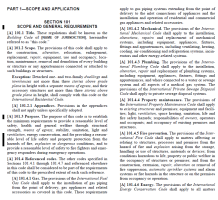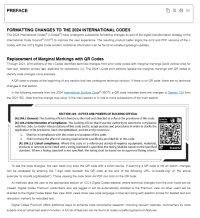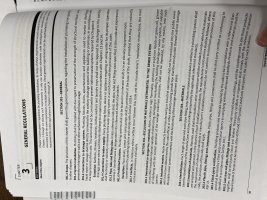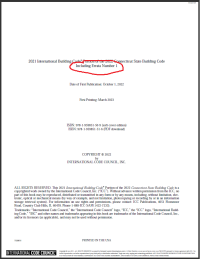Yankee Chronicler
SAWHORSE
I'm reminded that the ICC has reportedly changed the entire interior formatting for the I-Code books with the 2024 editions. I'm waiting to buy anything until my state had adopted the 2024 codes, so I can get the state-specific versions. In the meantime, as a self-published author I'm always interested in the actual formatting/layout of books. Does anyone have a PDF of any of the 2024 I-Codes that they could extract just a couple of sample pages from and send them to me? Or a printed copy from which you could scan a couple of pages.
TIA
TIA




